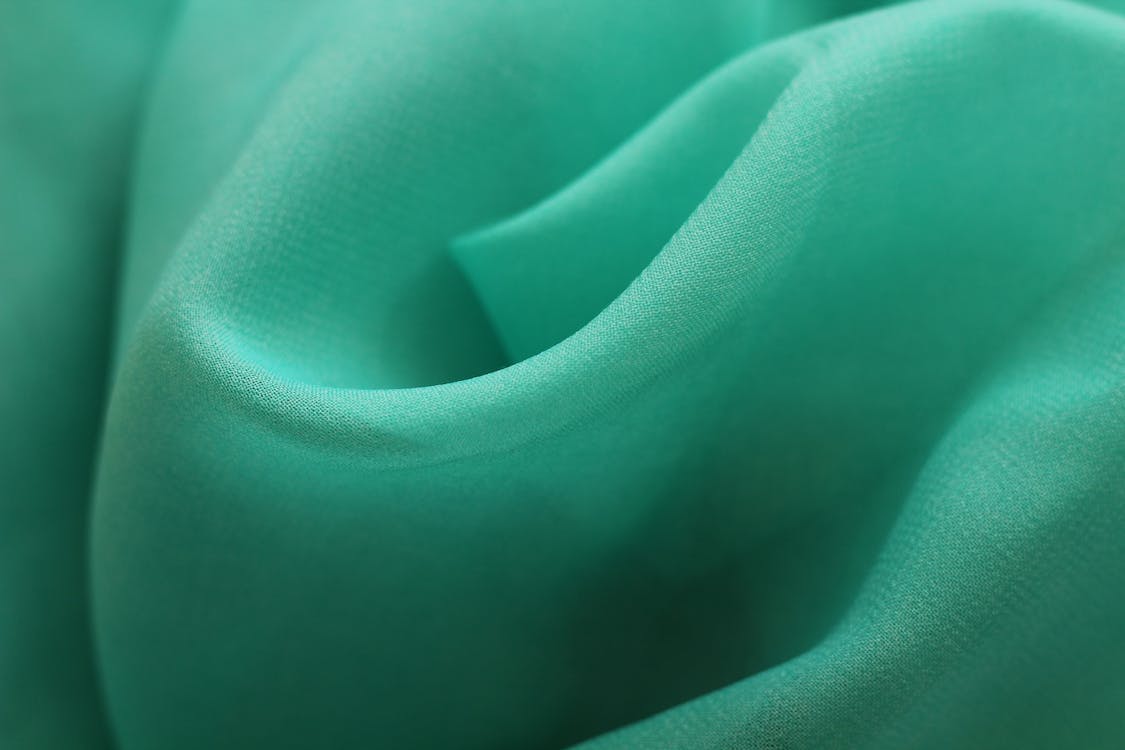
FAQ About Differences in Polyester
Differences in Polyester
2 years ago | gizem
How does polyester compare to acrylic?
Polyester and acrylic are both synthetic fibers commonly used in the textile industry. While they share some similarities, there are notable differences between the two. Here's a comparison between polyester and acrylic:
- Source: Polyester is derived from petroleum-based products, while acrylic is a synthetic fiber made from polymers derived from coal, air, water, petroleum, or natural gas.
- Softness and Texture: Acrylic fibers are generally softer and have a wool-like feel, making them a popular alternative to natural wool. Polyester fibers, on the other hand, tend to have a smoother and silkier texture.
- Moisture Absorption: Acrylic has low moisture absorption, similar to polyester. Both fibers are considered hydrophobic, meaning they do not absorb moisture readily. This can be advantageous in terms of quick drying, but it may also result in a less breathable fabric.
- Insulation: Acrylic fibers have good thermal properties and provide insulation similar to wool. They can retain heat and keep the wearer warm. Polyester is not as effective in insulation and does not provide the same level of warmth.
- Strength and Durability: Polyester is generally stronger and more durable than acrylic. Polyester fibers have higher tensile strength and are more resistant to stretching, shrinking, and wrinkling. Acrylic fibers can be weaker and less resilient, making them more prone to stretching and pilling.
- Wrinkle Resistance: Polyester is known for its resistance to wrinkles and creases. It retains its shape well and requires less ironing or maintenance to keep garments looking smooth. Acrylic fibers are not as resistant to wrinkles and may require more care to maintain a wrinkle-free appearance.
- Care: Both polyester and acrylic are relatively easy to care for. They are often machine washable and quick-drying. However, specific care instructions may vary depending on the fabric blend and any additional treatments applied to the fibers.
- Environmental Impact: Both polyester and acrylic are derived from petrochemicals, which raises environmental concerns. The production of these fibers involves the use of non-renewable resources and can contribute to carbon emissions. However, efforts are being made to develop more sustainable versions of these fibers, such as recycled polyester and eco-friendly acrylic.
- Price: Polyester is generally more affordable than acrylic. The production process of polyester is highly efficient and cost-effective, making it a widely used and economical fiber. Acrylic, on the other hand, can be slightly more expensive due to its wool-like characteristics.
